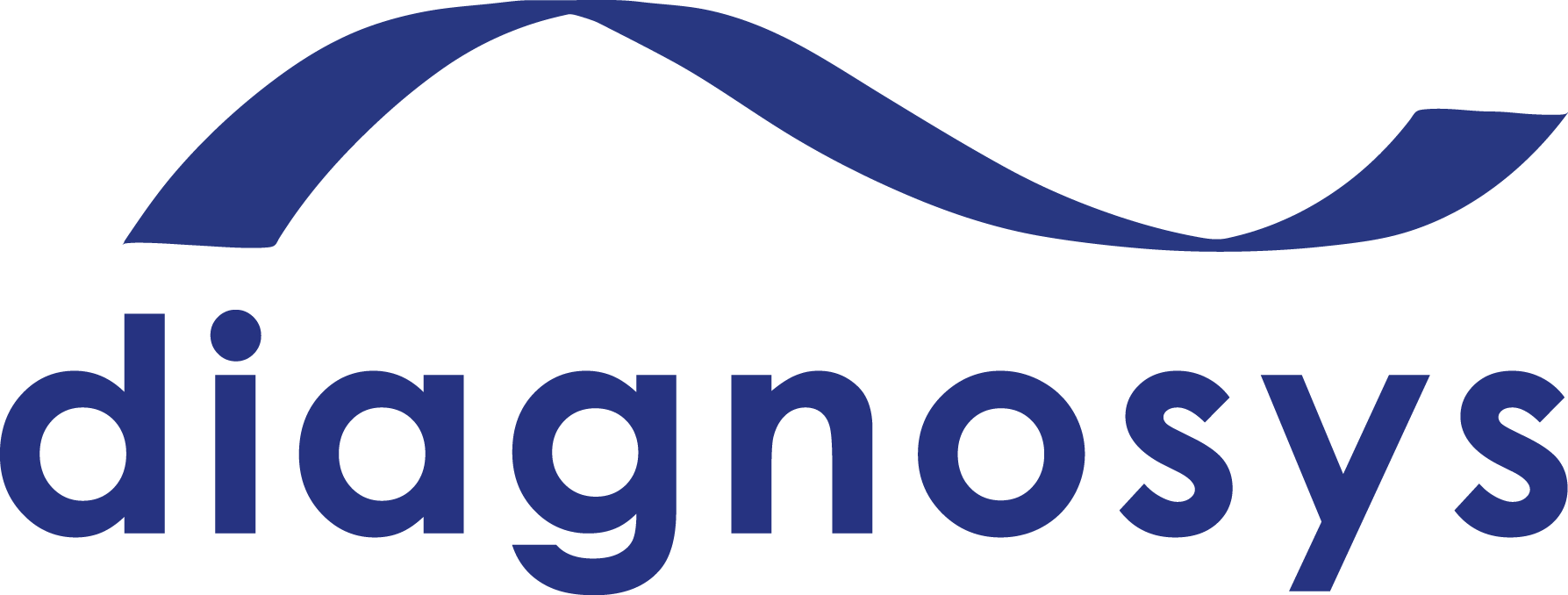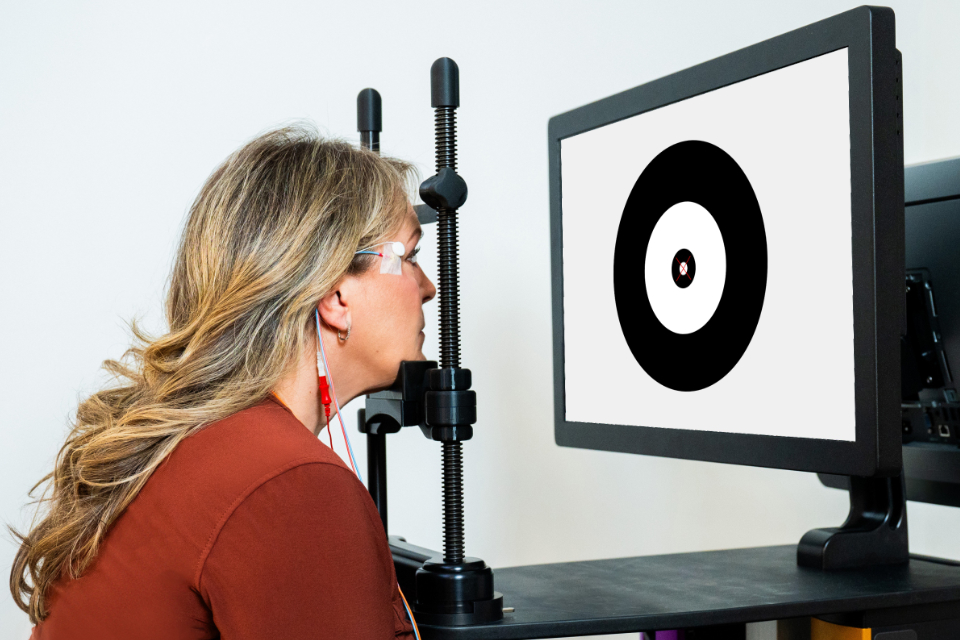As an improvement on the standard 61-hexagon multifocal electroretinography (mfERG) test, the ring ERG (rERG) method could shorten toxicity screening tests from over 5 minutes to around 1 minute, significantly reducing test burden. This new protocol debuts with Diagnosys Espion Version 7 and includes normative data compiled from sites across multiple countries.
Evaluating risks of retinopathy from drugs of last resort.
Hydroxychloroquine (HCQ) and Vigabatrin (VGB) are two drugs approved by the U.S. Food and Drug Administration (U.S. FDA) with substantial track records. HCQ is approved to treat symptoms of lupus and rheumatoid arthritis. VGB is approved to treat seizures in patients two years and older as well as infantile spasms in children one month to two years of age. Both drugs are typically prescribed only when alternative treatments are unsuccessful or unavailable, one reason being that when prescribed for long-term use, vision loss is a potential side effect.
Although the risks of vision loss are low, annual toxicity screening is still recommended. In the case of VGB, a 2021 retrospective study found that very few children could be confirmed with vigabatrin-related ocular toxicity. The American Academy of Ophthalmology (AAO) published revised HCQ retinopathy screening recommendations in 2016 and later published a joint statement with the American College of Rheumatology, American College of Dermatology, and the Rheumatologic Dermatology Society on the effective management of HCQ. These recommendations included annual examinations, but only starting after five years of HCQ treatment because the development of toxicity is slow.
However, the 2016 AAO recommendation mentions that screening could provide some reassurances to patients treated with HCQ. Furthermore, if retinopathy is recognized before any observable damage of the retinal pigment epithelium (RPE), the toxicity progression can be interrupted, and the fovea can be spared. Since the damage caused by HCQ toxicity is permanent, early intervention and access to appropriate screening techniques are key to effective HCQ management.
Today, the AAO recommendations include measurements using spectral domain optical coherence tomography (SD-OCT) and visual fields, because they consider these modalities widely available. The AAO recommendation also suggests mfERG, as defined by the International Society for Clinical Electrophysiology of Vision (ISCEV), as a possible additional objective test.
Screening for toxicity with the standard mfERG test.
In the case of VGB, a 2003 study on 32 adults showed the mfERG test achieving 100% sensitivity and 86% specificity. For HCQ, the ratios of five annular zones of 61-hexagon mfERG tests, called ring ratios, have long been known to produce highly sensitive longitudinal measurements. Recently, this method was even used to achieve early detection of retinal dysfunction in type 1 diabetes without retinopathy.
These standard mfERG tests require subjects to fixate for about 5 to 10 minutes, which can be challenging. Testing fatigue can result in visual gaze drifting and signal artifacts.
Ring ERG: a method optimized for screening.
Ring ERG (rERG) is a new, optimized test modality with a much shorter test time than the standard mfERG. In the rERG method, the stimulus zones are based on true annular rings rather than a 61-hexagon pattern.
In 2021, researchers compared both methods in a study encompassing 52 subjects treated with HCQ. Specifically, a 5-ring ERG test using a 12-bit m-sequence with a minimum of two epochs of 30 seconds was compared to a 61-hexagon mfERG test using a 14-bit m-sequence with a minimum of eight epochs of 30 seconds. The subjects were tested with DTL electrodes and with their pupils dilated.
Results demonstrated that the rERG test was equivalent to the mfERG test for detecting electrophysiological changes correlated with HCQ risk factors, including the dose and duration of treatment. However, the rERG test could be completed on average in 1.3 minutes, compared to 5.2 minutes for the mfERG test. Due to its shorter test time, the rERG test minimized patient fatigue and improved the reliability of the results. These attributes make rERG testing advantageous for screening use cases.
The new Diagnosys rERG stimulus pattern included with the next release of the Espion software is simplified from five rings to four rings across the central 50° of vision. The ratios of the amplitude densities are calculated from the second or third ring relative to the fourth (most outer) ring. Reference normative data indicates that measurements using the second ring are suitable for testing subjects of European, African, and Hispanic descent, due to their typical parafoveal pattern of toxicity. Measurements using the third ring is suitable for testing subjects of Asian descent, due to their typical peripheral presentation of retinal toxicity damage.
The rERG method may greatly improve the sensitivity and specificity of toxicity tests while keeping the test time within one minute, opening the possibility of expanding toxicity screening to more drugs while minimizing the burden of testing.
For updates on Espion software releases, sign up for our newsletter here.

